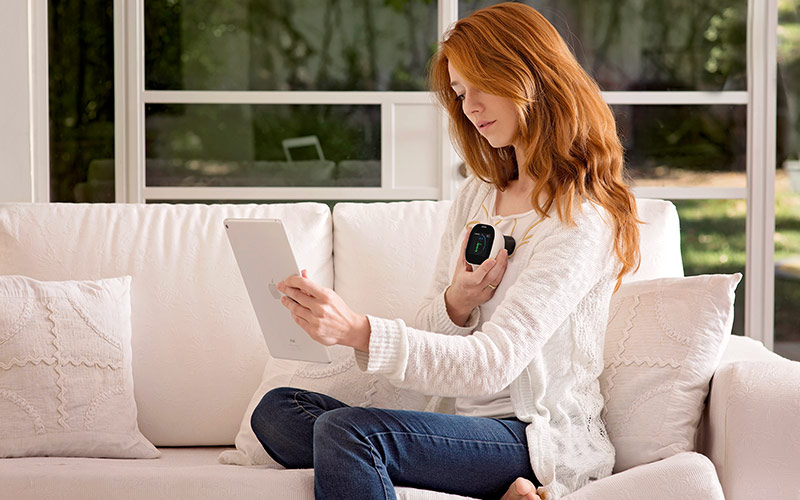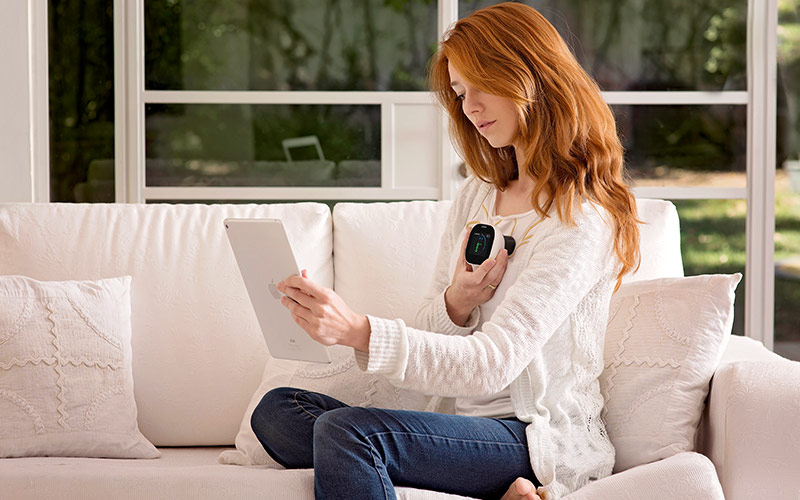 Do you want to keep the click-to-connect simplicity of your Epic/Vidyo integration, but also have access to all the features Vidyo has to offer? There’s a solution! It’s called context-aware linking (CAL) and is new to Vidyo solutions in Epic environments.
Do you want to keep the click-to-connect simplicity of your Epic/Vidyo integration, but also have access to all the features Vidyo has to offer? There’s a solution! It’s called context-aware linking (CAL) and is new to Vidyo solutions in Epic environments.
CAL is available with your existing Vidyo investment and maintains the well-known click-to-connect Vidyo experience from within your Epic workflows. But it also gives Epic users a robust set of features and capabilities that hadn’t been exposed in previous Epic/Vidyo integrations. These capabilities include multiparty meetings, far-end camera control, H.323/SIP dialing capability, and support for an array of healthcare peripherals.
A common misconception exists that CAL and deep integration can’t coexist in a single Epic deployment or that it must be enabled through different modules. It’s not an either/or scenario. They can coexist and you can leverage a number of deeply integrated features with no separate download needed. Customers can choose whether to use deep integration or CAL, based on workflows or call type, by setting up rules. The additional capabilities that CAL enables are not offered by deep integration alone.
Here are key reasons CAL is advantageous:
- WebRTC for MyChart: This means no download for the patient, who can access it on any browser on any device.
- Medical peripheral integration: It’s no longer just a simple face-to-face video consult. Providers can introduce a JedMed Horus Scope or incorporate a ThinkLabs One stethoscope to deepen the impact of the consult.
- Patient monitoring capabilities: With hardware from companies such as TytoCare and others, providers can monitor patients at home or inpatients through Epic.
These advantages offer some important business benefits:
- Reduced readmission rates: Post-discharge follow-ups are key to reducing readmissions, and patients are much more likely to participate in video follow-up visits.
- Enhanced clinical scale: Enable clinicians to see more patients without compromising on time spent per patient.
- Improved outcomes: Reducing time to diagnosis and treatment — patients can typically schedule same- or next-day telehealth sessions versus waiting weeks or months for an in-person appointment — results in better patient outcomes.
CAL can be implemented within two weeks. In order to support CAL, though, an Epic customer must have EPIC 2018 or the CAL SU from EPIC for 2015 or 2017 versions. The customer also must have any version of Vidyo 18.2 or higher.
So if you’re a current Epic house but don’t offer virtual care to your providers, Vidyo’s CAL is a great incentive to seriously consider adding this personal, face-to-face feature that is driving the growing telemedicine trend.
